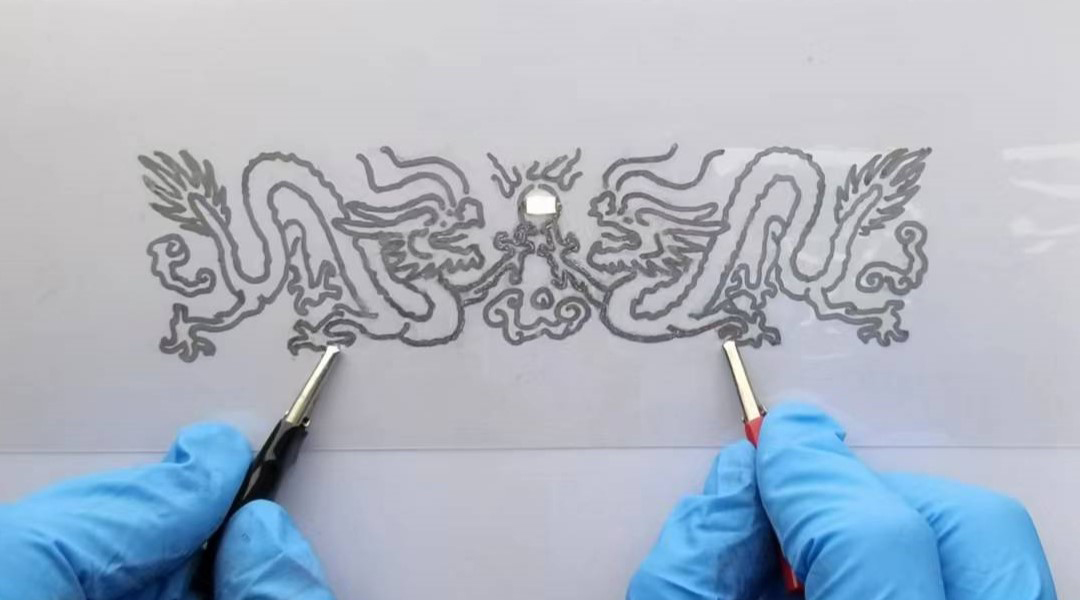A new electrolysis device could transform the way we produce hydrogen fuel from seawater, addressing challenges that hindered this process.


A new electrolysis device could transform the way we produce hydrogen fuel from seawater, addressing challenges that hindered this process.

Quantum dots are key to a new laser that could transform medical imaging, diagnostics, and boost communication.

Researchers are tackling the growing problem of electronic waste by designing wearable electronics from sustainable and recyclable materials.

E-CASE liquid metal adhesive enables flexible connections to make better, tougher flexible electronics for wearables and robotics.

Using a mineral found naturally on Mars, energy and electronics could be easily and sustainably produced on site.

Citrus canker threatens orange orchards, but nano-sponges loaded with a plant-based antibacterial may offer a solution.

Weaving piezoelectric polymers into nanofibers reveals a surprising pathway to boost stem cell growth naturally, without external power.

A liquid metal encapsulated within bio-based shells allows researchers to “draw” functioning electronic circuits with ease.

Click chemistry spins bacterial-produced spider silk into a biomedical marvel, promising innovations in fiber optics, wound healing, and tissue regeneration.

Superamphiphobic materials could keep solar panels clear, glasses clean, and phones fingerprint-free without any manual cleaning.